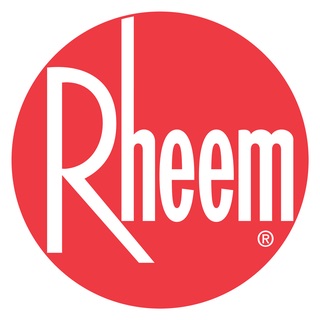The Greenbuild Legacy project is using one of USGBC’s latest additions to the LEED product line-up. This overview is for those of you not familiar with the LEED for Homes program.
In January of 2008, LEED for Homes officially became an active rating system for the residential market. Its introduction offered an opportunity for single family, multi-family, and low-rise housing to be considered for LEED certification. At this time, only new construction and major gut-rehab projects are eligible for the program.
Since its introduction, over 25,000 homes have registered and 6,300 have been certified. This compares to about 20,000 registered and 5,000 certified projects for all of the other commercial LEED products combined. USGBC, recognizing that the volume would be greater for the LEED for Homes program, has instituted a different process and delivery method for LEED for Homes. The first difference is noticeable within the composition of the project team and documentation requirements. A LEED AP must be credentialed as LEED AP Homes to count as part of the team since the rating system is extremely specialized. Additionally, while a LEED AP Homes involvement is optional, a Provider and a Green Rater are required on every LEED for Homes project and need to be involved from the very beginning.
Essentially, the Provider serves in the role of quality assurance and is the field administrator for the program. Projects are submitted at least twice to the Provider, first for design review with registration approval and then final certification. Green Raters are also trained and managed by the Provider and serve in the role of the third party verification entity, much like a commissioning agent for commercial versions of LEED. The documentation process is also streamlined. Only the project checklists, durability documentation, and accountability forms are submitted for certification. All other documentation provided by the project team is verified by the Green Rater and typically is either code required or is already provided by builders committed to market differentiation.
The next difference appears within the LEED for Homes program itself. Each of the familiar credit categories from other LEED ratings systems makes an appearance, with the addition of Locations & Linkages and Awareness & Education. Also, the Innovation & Design credit is recognized as a true credit category because it includes solar orientation design, durability planning, point recognition for an integrated team, and prerequisites. Additionally, the Materials & Resources category has a new twist. Instead of recognizing materials as a percentage of a project’s overall material costs, LEED for Homes awards project points for each building component (e.g. interior framing, flooring, doors, etc.) constructed with Environmentally Preferred Products (EPP).
The program differences do not stop there. Overall, LEED for Homes has 18 prerequisites, 136 total available points, and two paths of compliance for water efficiency, energy, and indoor environmental quality. The two paths are prescriptive and performance. The prescriptive path outlines exact measures that must be implemented to comply with the credit intent. The performance path allows the team to be more flexible with their design strategies and leaves open the opportunity to introduce ideas that normally would not comply with the prescriptive path.
Unfortunately there isn’t time to go into more detail but hopefully your interest has increased in learning more about LEED for Homes. Your chapter Residential Green Building Committee is constantly working to bring more education programs to your area including 300 and 400 level implementation that can be used regardless of the residential rating system you choose. They are also developing a course that will help you green your existing home. If you’d like more information, please consider the USGBC-Illinois chapter as your resource for residential green building education.



